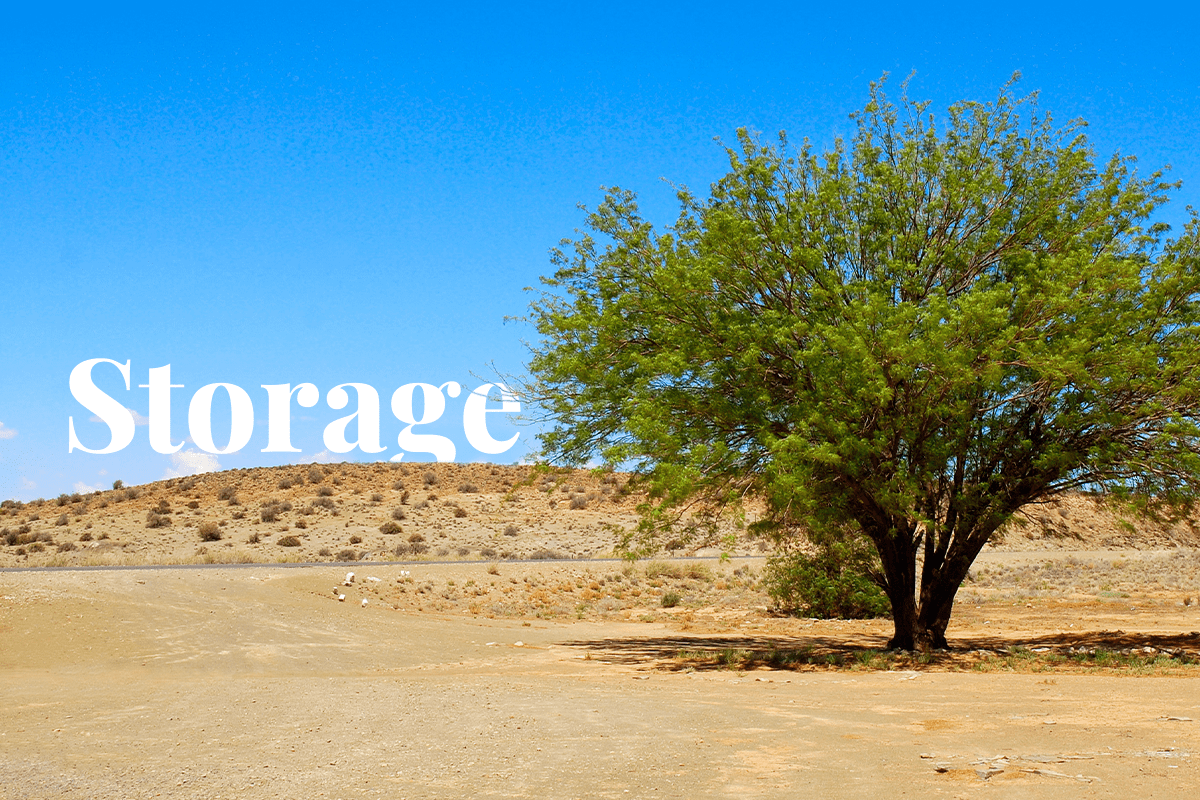A new study identified more than 9.9 billion individual trees in the arid region between the wetter savannas and the southern edge of Africa's Sahara Desert. According to the study, which integrated field measurements, machine learning, and satellite mapping, 840 million metric tonnes of carbon is stored in the trees.

Martin Brandt, of the University of Copenhagen, and his team, made and published this study in the journal Nature in March 2023. As a result, it is possible to follow the development of these studies more precisely.
The technology that located the trees is a form of artificial intelligence and was used to map individual trees observed in more than 326,000 NASA satellite pictures. The team then linked canopy size to the biomass present in each tree's roots, trunk, branches, and leaves, providing the most precise estimations of their carbon stocks to date. They estimated the carbon stored by combining this data on billions of trees with on-the-ground weights and measurements.
Contact our experts to learn about carbon credits
The study included areas such as the Sudanian savanna, the southernmost edge of the Sahara and the transitional grasslands known as the Sahel. The trees in these areas contain about 840 million metric tonnes of carbon. In general, this is less than what has previously been reported.
‘Advances in computing power and the resolution of available images helped make this work possible’, Brandt said.
To allow anyone to view the tree properties, Brandt and his coworkers have made their data accessible to a public viewer. As a result, farmers can focus on the trees on their land to calculate their carbon stocks. ‘That would allow even smallholder farmers to be included in these kinds of [conservation] programmes and to receive carbon credits’, Brandt added.
Nations can incorporate this data into their national carbon inventories. ‘A recent analysis in Rwanda that was similar in design is helping that country’s leaders in their carbon accounting’, Brandt added.
The dryland trees provide essential ecosystem services like animal food, timber, fruits, and control over the soil and water cycles. DGB Group collaborates with farmers, landowners, and conservation organisations on carbon farming projects to ensure the restoration and conservation of ecosystems. Our carbon farming projects sequester carbon from the atmosphere and store it in the soil. They also have great potential to generate a wide range of positive impacts on the ecosystem as they encourage environmental protection and soil health.
Start your carbon farming project today

